Pacific Coast Tour #9: Alaska Leftovers
continued from part 8
Moving further up the Alaskan Peninsula
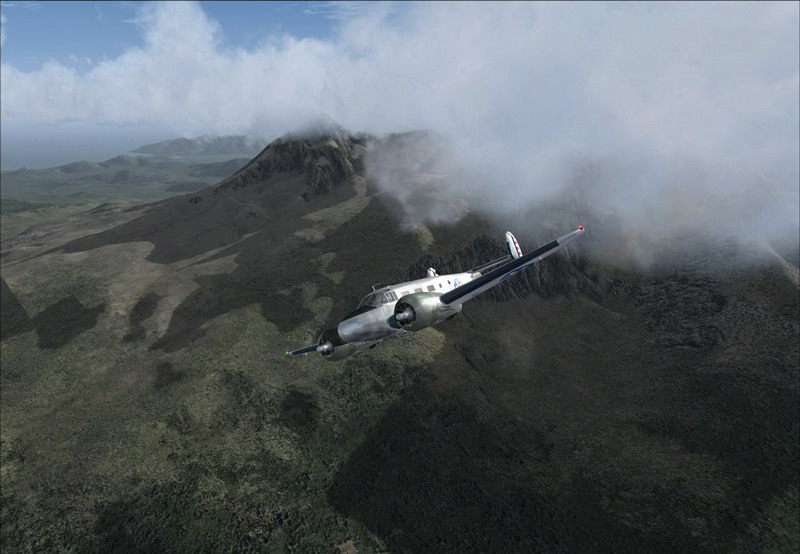
Pretty sunny 8-)
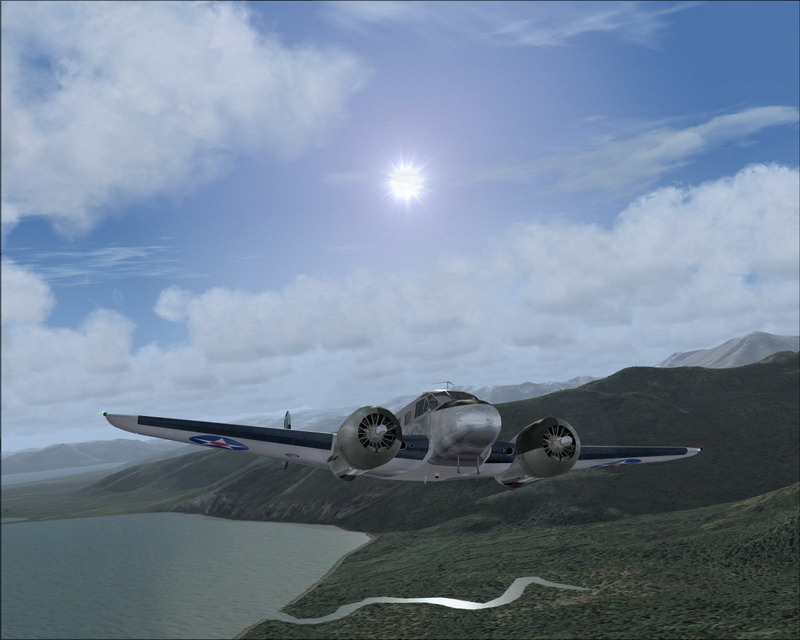
Moving over Mount Aniakchak. The crater is an ice-free, circular caldera which is about 10 km in diameter
and can reach depths of over a 1 kilometer! You can clearly see Vent Mountain in the middle of the crater ...
The area around the volcano is the Aniakchak National Monument and Preserve, maintained by the National Park Service,
the same institute that designated the Aniakchak Caldera as a National Natural Landmark in November of 1967.

Leavin the Yantarni Volcano behind me and setting course for Kodiak.
Yantarni Volcano is an andesitic stratovolcano and was not discovered until 1979 (!!) due to its remote location, lack of
documented historic activity and its rather modest summit elevation. The mountain was named after nearby Yantarni Bay,
which in turn was named by Russian explorers after the abundance of yantar in the area.
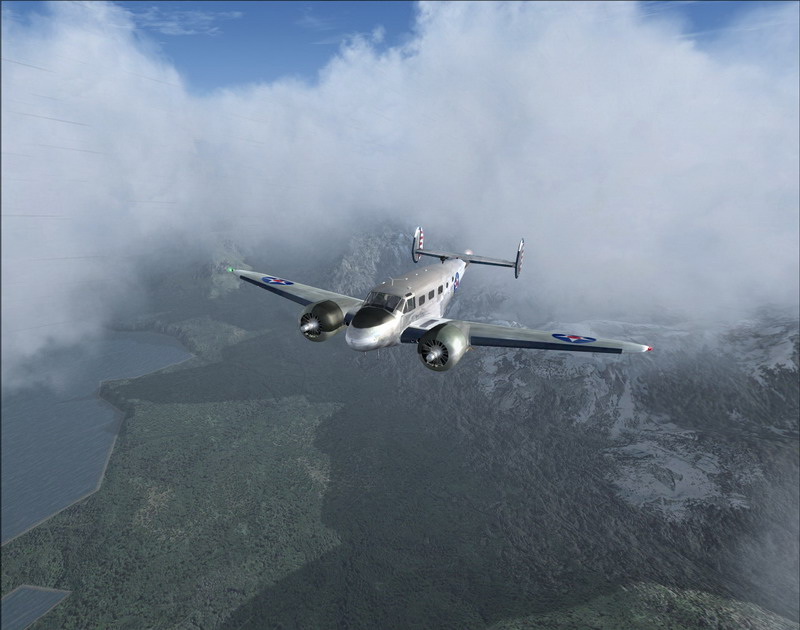
The weather is not getting any better ...
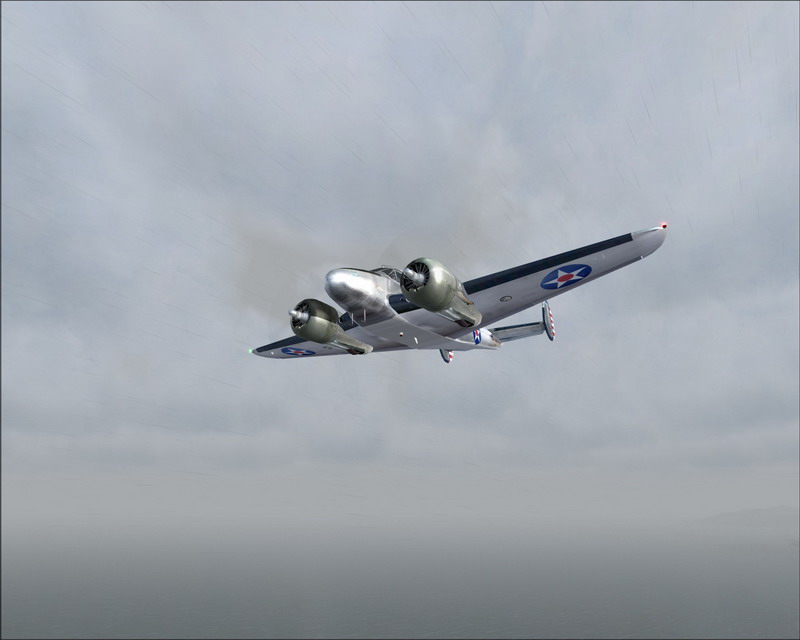
and it even started snowing ... just my luck!
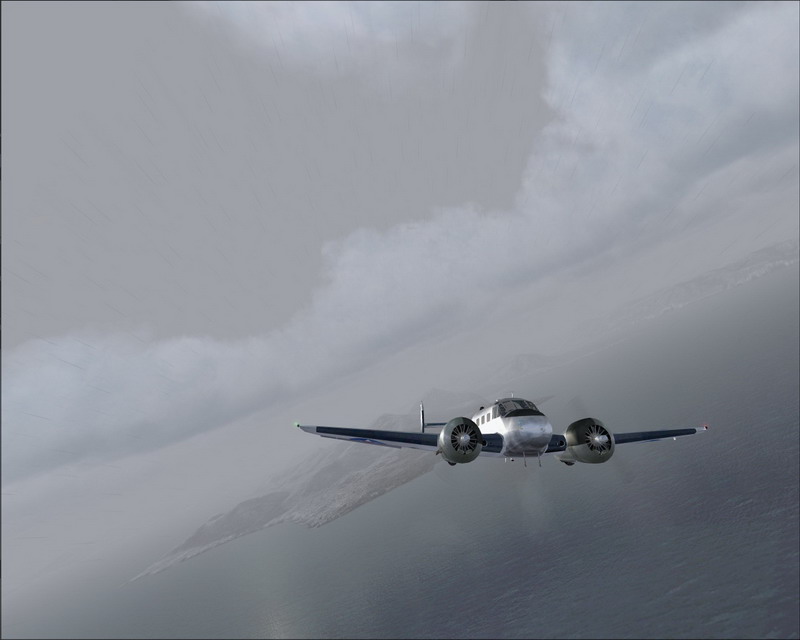
Moving further up the Alaskan Peninsula

Pretty sunny 8-)

Moving over Mount Aniakchak. The crater is an ice-free, circular caldera which is about 10 km in diameter
and can reach depths of over a 1 kilometer! You can clearly see Vent Mountain in the middle of the crater ...
The area around the volcano is the Aniakchak National Monument and Preserve, maintained by the National Park Service,
the same institute that designated the Aniakchak Caldera as a National Natural Landmark in November of 1967.

Leavin the Yantarni Volcano behind me and setting course for Kodiak.
Yantarni Volcano is an andesitic stratovolcano and was not discovered until 1979 (!!) due to its remote location, lack of
documented historic activity and its rather modest summit elevation. The mountain was named after nearby Yantarni Bay,
which in turn was named by Russian explorers after the abundance of yantar in the area.

The weather is not getting any better ...

and it even started snowing ... just my luck!

